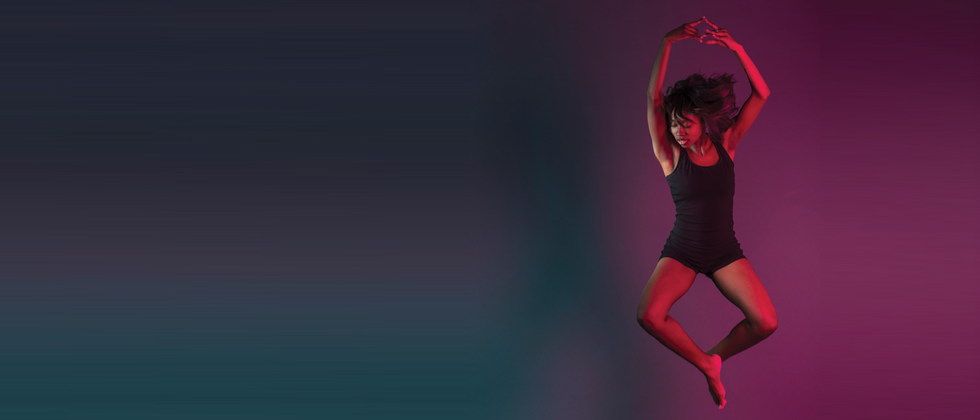Choreographing an Inclusive Business
At Abilities Dance in Boston, you might find Ellice Patterson creating a dance around the walker she sometimes uses for support, or whirling across the floor in harmony with a dancer in a wheelchair. Patterson (MSMS’17) founded the modern dance company, a nonprofit, in 2016 to give people of all physical and mental abilities the chance to express themselves professionally. The group includes six dancers and two composers (“I use a lot of original music in my work,” says Patterson). After having spinal surgery as a teenager and relearning to walk, Patterson struggled to find a dance studio in an accessible building, or choreographers willing to adapt routines so she could join in. Businesses need to realize that “people with disabilities are just as able to do a job,” she says. “They just might have to have a different approach or a different environment.” Patterson has this advice for keeping inclusivity to the fore:
1 Look beyond restrictive spaces. “Green Street Studios’ steps are very steep, and they don’t have elevators. I collaborated with them on a dance for an outdoor festival in their parking lot. It brought the community together. Finding ways to make traditionally inaccessible spaces accessible allows people to participate in important events that can increase exposure for your company.”
2 Don’t downplay what you can’t see. “You might not know someone has a disability upon meeting them. When they disclose that information, don’t respond with, ‘But you seem fine,’ or, ‘Are you sure you need help?’ It’s hard to tell your boss, ‘I might not be able to lift that box or walk up those stairs.’ Be grateful to get that information, and modify accordingly.”
3 Pay attention to the small stuff. “Even just a small step up to a building can be a challenge. And finding the space for a walker or a wheelchair in a restroom is definitely vexing.”
4 Don’t treat us like victims. “In my day-to-day, I hear people use words like ‘wheelchair-bound’ or ‘suffering from.’ I would say ‘person who uses a wheelchair’ or ‘a person with...’ I’m not suffering from anything. I have this condition and it’s hard a lot of the time, but at the end of the day, I’m still thriving.”
5 Broaden your idea of diversity. “A lot of the time, diversity focuses on race or gender, but incorporating physical diversity makes for a more well-rounded company, which means that you have more diverse ideas and more diverse contributions to the company that can only help it expand and grow. Look at it as an investment in the company’s future and a way to be a stronger thought leader in your industry.”

